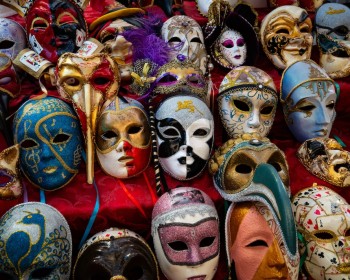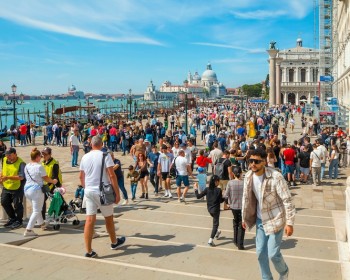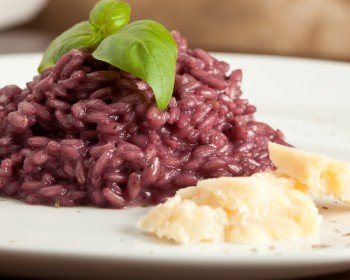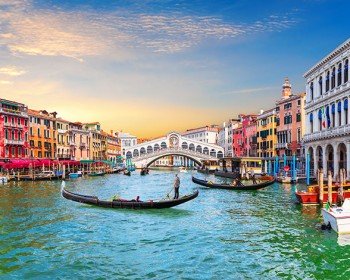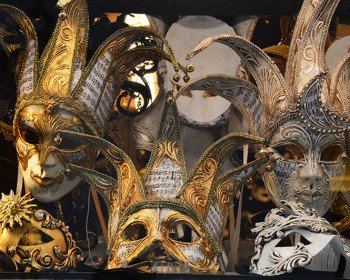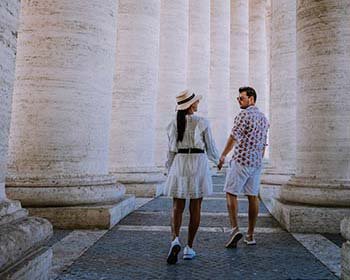I have been living in Venice and I know some days it can be unbearable because of the number of people. So why don’t you take a ferry boat – a “vaporetto” in Venice – and enjoy a visit to the near islands?
A tour around Murano, Burano and Torcello will be totally fascinating and amusing, but also very relaxing.
Murano
Located in the north-east side of Venice Lagoon, it is crossed by the Canal Grande –as the Venetian one- and consists of 7 little islands linked by bridges. Once independent and now part of Venice, Murano is famous for the glass-making art, an enduring old tradition that, during the years, has been a legacy for many families.
Formerly the furnaces, used to fire the glass, were located on the mainland, but the Government of the Republic of Venice decided to move them to Murano in order to avoid potential fires. De facto glass-blowers were forced to live on the island so they couldn’t spread their knowledge about the glassmaking art.
All around the islands you can still visit glass factories and watch glass-blowers while working; you could even ask them something about their work. Why don’t you enjoy this adventure?
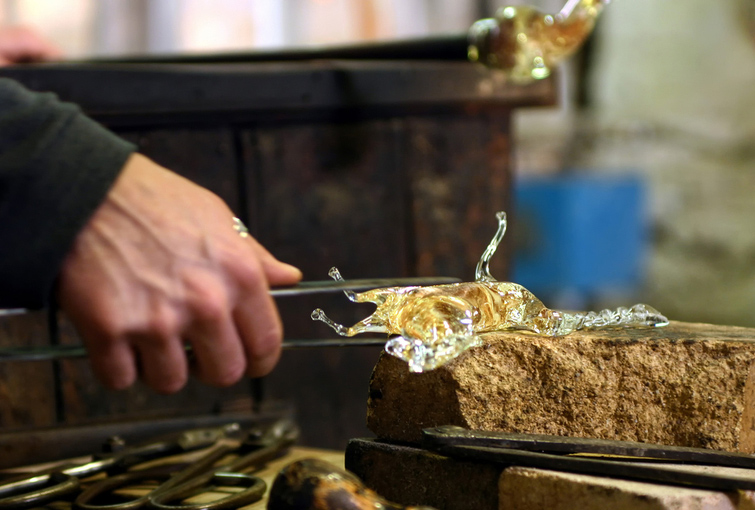
Being the glass-making an important activity, on the island you can find the Murano Glass Museum, currently located in the gothic Palazzo Giustinian. Once the residence of the bishops, now it hosts a wide collection of objects made of glass – from the 15th century until now – and shows the way in which the glass blowing art and tools have changed during the years.
Discover our ➡️ Venice Islands Half Day Trip
Not so far from the Museum you can go to the “Church of Santa Maria e San Donato”, probably dating back to the 7th century, it is known for its 12th century Byzantine Mosaic pavement. Other famous Churches you should visit are “Santa Maria degli Angeli” and “San Pietro Martire”. The former remained abandoned until set aside for poor family to take shelter; the latter was damaged during a fire but entirely restored in 1551 and used to preserve works of arts from Napoleon’s raids.
It is also worth mentioning the Murano Lighthouse, a stone tower that, though located in the inner part of the island, still has an important role. Thanks to a play of mirrors it emits an empowered flash and helps ships to find the right way while sailing during the night. In the Middle Age it enlightened the lagoon with little fires lit on its top – but at that time the lighthouse was made in wood! –.
Burano
Colorful tiny houses are the distinguishing feature of Burano Island. It is an island in the northern part of the Venetian Lagoon and it is traditionally divided into “sestieri” (literally the six districts a town is made up of), like Venice. The story goes that fishermen started to paint their houses with bright colours in order to distinguish one house from another.
Going ahead on the main street you will get to “Galuppi square”, where you can appreciate the world-renowned laces shops and taste some fresh fish in a typical “trattoria buranella” or a traditional “bussola”, a kind of cookie made of flour, butter and eggs. This square has a peculiarity: it was created filling a canal!
The most important buildings look exactly onto the square, like the Burano Lace Museum, the “Chapel of Santa Barbara” and the “Church of San Martino”, where you can admire “Crucifixion” by Tiepolo, an Italian painter from the Republic of Venice.
Walking down the streets you will bump into “Bepi’s House”: the most colourful house in Burano. Its owner, in fact, used to paint a different geometrical form per day with a different colour. I am sure it will draw your attention!
Torcello
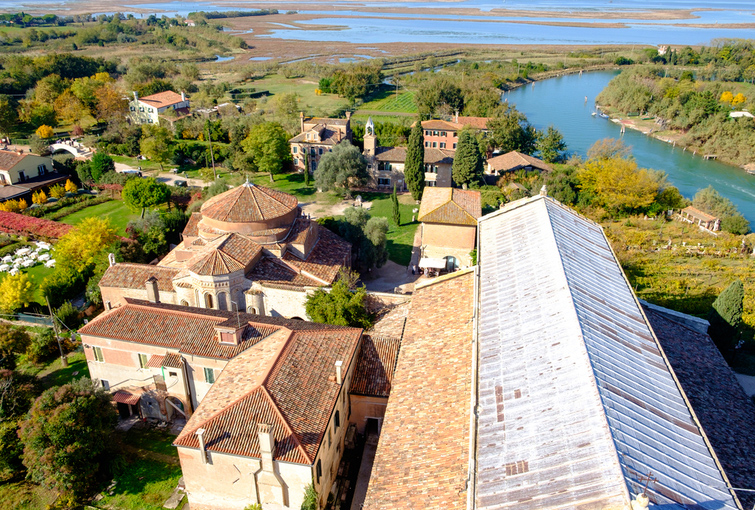
Actually barely populated, it has been one of the first islands to be settled in the Venetian Lagoon. Located at the northern end of the lagoon and probably one of the favourite destinations for tourists, its popularity is due to its quiet atmosphere and the number of historical evidence. Between 7th and 10th centuries the ability of its inhabitants brought Torcello to live a period of achievements, but as soon as Venice started to rise Torcello declined more and more, until it became just a cave that supplied raw materials for the creation of Venice.
Worth a visit the “Churches of Santa Maria and Santa Fosca”. Arranged one next to the other, it seems they symbolize the passing of the time and the decadence of Torcello. The former, built in 639 and then restored, hosts a stunning mosaic on the floor dating back to the 9th century; the latter is the only medieval building still preserving its original style.
Walking along the mainstream, through a part of the island characterized by the only presence of vegetable gardens, you will get to the Bridge of the Devil. According to a popular belief the devil created it in just one night and for this reason it is incomplete – actually this legend is spread all over Italy, because people weren’t able to explain how bridges could stand upright! -.
Furthermore you can visit the Torcello Museum that, since 1870, hosts objects found both in the islands and in Venetian mainland and thanks to which you will be able to discover something about the history of Torcello, but also the origin of Venice itself.
In Torcello you can find the house where Hemingway has been living and working as well, even if it is not a real house, but the Locanda Cipriani a typical Venetian restaurant since 1934.
Therefore, if you just want to spend a relaxing day but also interesting, I think this could be the solution that could fit your needs at best. The only thing you have to do is buy a ticket and take a vaporetto, and while the ferry boat puts out to sea you will decide where to stop. After all Murano, Burano and Torcello are tiny islands you could even visit in just one day, but for sure you will have to arrange the perfect itinerary to benefit from the best things these islands have to offer!


